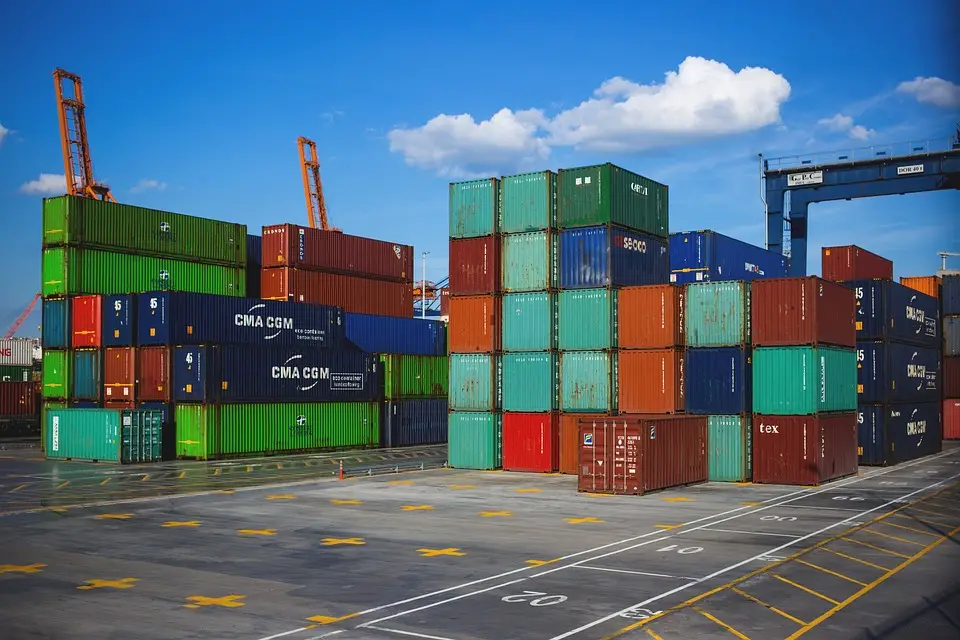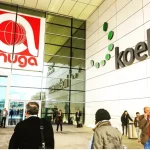As Novac/Jutarnji/Marina Klepo writes, last year, Croatian exports increased by more than a quarter: in the first eleven months of 2021, according to the CBS, they grew by 26.6 percent (25.4 percent in 2021’s first ten months).
However, Croatian exports haven’t increased significantly only compared to pandemic-dominated 2020, the Croatian Chamber of Commerce (HGK) pointed out, but their value in those first ten months of last year was 19.6 percent higher than back in the same period in pre-pandemic 2019. In addition, they added, Eurostat’s data on the trade done by all EU member states shows that Croatia, both last year and a year earlier, was among the most successful EU countries.
“In the first ten months of last year, only Estonia and Greece had more dynamic export growth,” they pointed out from the Croatian Chamber of Commerce. When we talk about the reasons for such good export results, we can mostly refer to the low base in the last, pandemic-dominated year.
Export structures
According to the Croatian National Bank (CNB), the high growth rates of merchandise exports and imports are only a small part of the positive effect of the base period. To a much greater extent, “they reflect the recovery of bith domestic and foreign demand, the partial re-establishment of supply chains, a stronger recovery of the manufacturing industry in relation to the service sector and a marked increase in global prices of energy and other raw materials,” reads the latest publication. More detailed data on the structure of Croatian exports also reveal the reasons for their strong growth. When compared to the previous year, HGK analysts explained, the largest increases can be seen in the value of exports of energy – electricity, crude oil and petroleum products – which last year saw a significant increase in terms of prices on the vast global market.
Among the products whose export value increased the most were electrical equipment, followed by metals and finished metal products, whose prices on the global market also rose sharply. Available import price data for the Eurozone shows that crude oil imports rose by about 60 percent year-on-year in the first ten months of 2021, total refining industries rose by about six percent, petroleum products increased by about 40 percent, metals by about 30 percent and electricity by more than an impressive 150 percent.
“Therefore, even in the absence of more detailed data, it’s more than noticeable that global prices last year had a significant impact on the growth of the value of Croatian exports,” explained the Croatian Chamber of Commerce. Although strong growth is largely based on price increases, the Croatian Chamber of Commerce pointed out that there are a number of activities in which such price increases haven’t been recorded, but which also record high export growth rates. These are, for example, the food, chemical and wood processing industries. In addition to that, a number of activities recorded significantly better export results than they did back in 2019, for example, agriculture, forestry and fisheries.
“This is at the same time a consequence of a strong recovery in global demand, but also a greater orientation of companies towards exports,” the Croatian Chamber of Commerce said. The only activity that still recorded a significantly lower value of exports than in the same period in 2019 remained the production of motor vehicles and trailers.
Key markets
When it comes to the preferences of Croatian exporters, the figures suggest that last year they maintained their orientation towards the European Union’s single market (EU) and what are traditionally the most important export markets. The share of Croatian exports to the EU market increased in the first ten months of 2021 from 68 percent in 2019 to 68.8 percent last year. The highest growth was achieved in the five most represented markets: Slovenia, Hungary, Italy, Bosnia and Herzegovina (non EU/EEA) and Germany.
For more, check out our dedicated business section.












